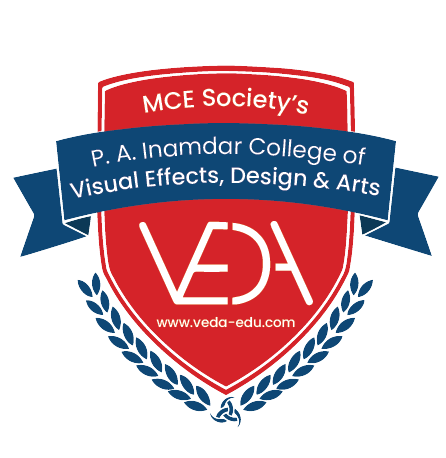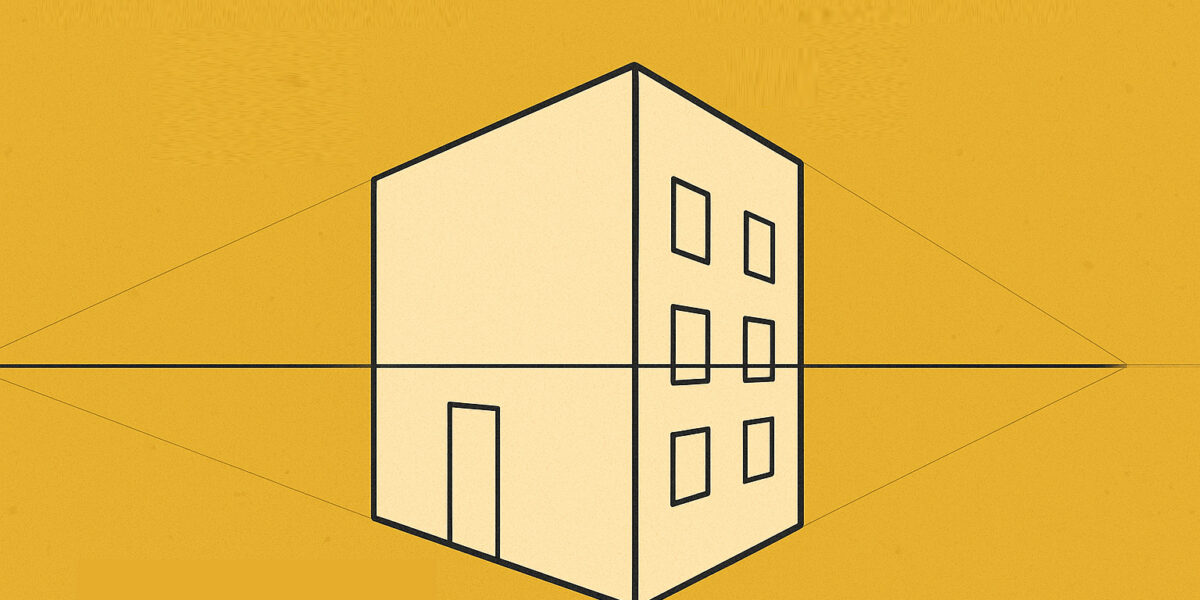What is Perspective Drawing? A Must for Animation Students
What is Perspective Drawing? A Must for Animation Students
Before we even think about vanishing points, let’s establish some ethical cornerstones. Remember, Whether you’re teaching part of an animation curriculum or broader art and design courses in Pune, the goal isn’t just technical skill—it’s cultivating a love for the craft, but to cultivate a love for the craft and build confident, ethical artists. Encourage exploration, celebrate mistakes as learning opportunities, and always foster a supportive and inclusive environment. No artistic shaming allowed! We’re all in this creative boat together, paddling towards a horizon of artistic excellence.
Now, back to perspective! Start with the basics. Explain that perspective is simply how objects appear smaller and closer together as they recede into the distance. It’s the magic trick our eyes play on our brains to perceive depth.
One-Point Perspective in Animation Environments
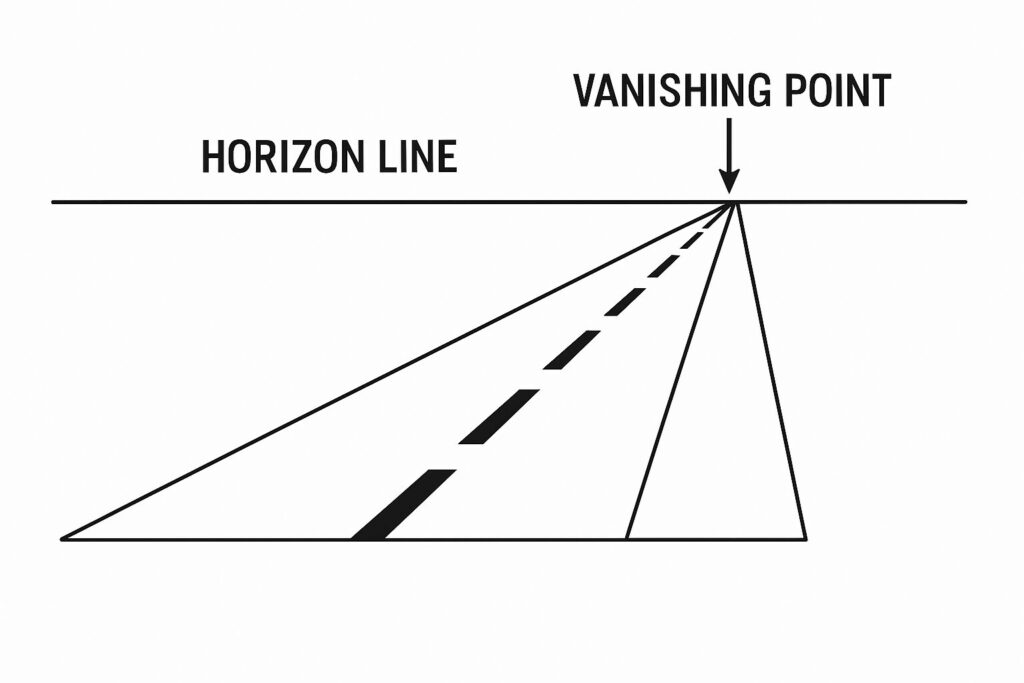
This is your friendly neighborhood perspective, perfect for beginners. Imagine standing in the middle of a straight road. The sides of the road appear to converge at a single point on the horizon line. Ta-da! You’ve just grasped one-point perspective. Use simple examples like hallways, railway tracks, or a row of identical buildings facing you. Get your students drawing cubes and rectangular prisms receding to that single vanishing point. Make it a game! Who can draw the longest-looking hallway?
Two-Point Perspective Drawing: Building Realism in Art and Animation
Now we’re getting a little more adventurous! Think of standing on a street corner. Now, instead of one vanishing point, we have two! One for each set of parallel lines receding into the distance. Buildings now show their sides, adding a new layer of realism. Encourage your students to visualize boxes and buildings from different angles. This is where things start to get exciting! This is a crucial drawing technique used in animation to create believable environments.
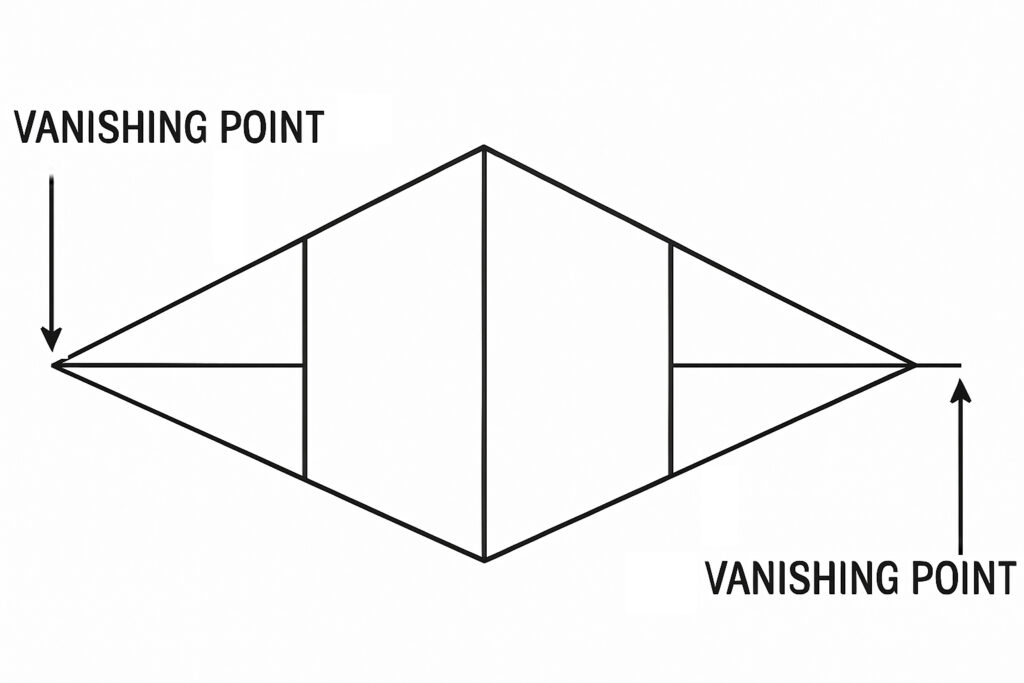
Three-Point Perspective in Visual Storytelling
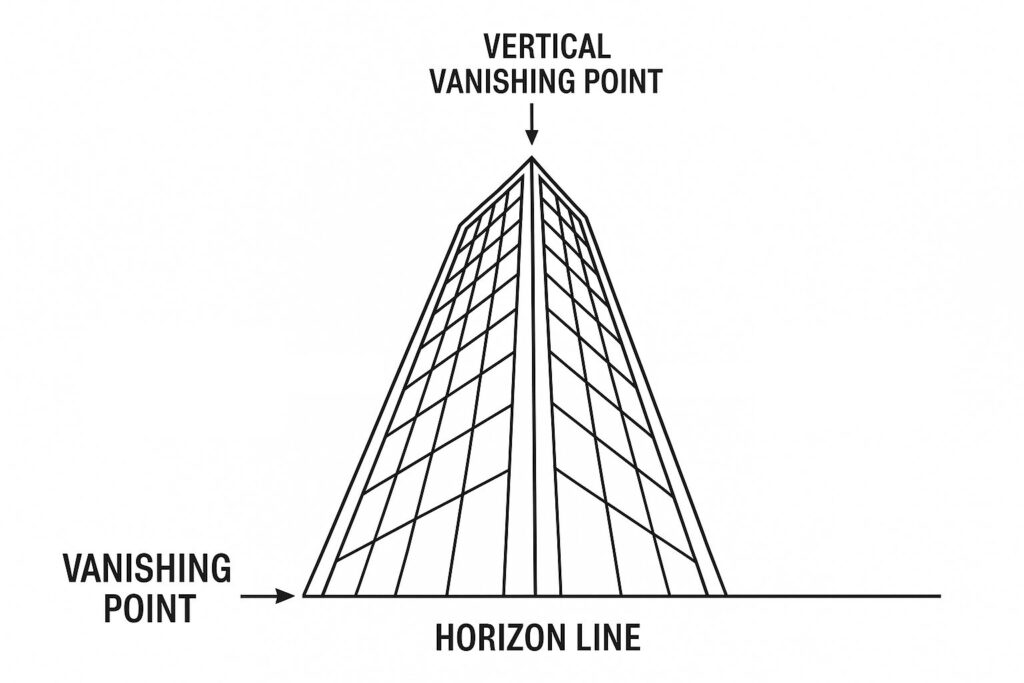
Hold onto your hats, because we’re going vertical! Three-point perspective introduces a third vanishing point, either above or below the horizon line. This allows us to depict scenes viewed from a high angle (bird’s-eye view) or a low angle (worm’s-eye view), adding dynamic and dramatic flair. Think towering skyscrapers or looking up at a giant robot. This technique is fantastic for visual storytelling in animation.
Tips from Animation Experts: Teaching Perspective with Ease
- The Horizon Line is Your Friend: Emphasize that the horizon line represents the viewer’s eye level. Anything above it will have its top visible, and anything below it will show its top.
- Vanishing Points: Not Scary Monsters: Demystify vanishing points. They’re simply points on the horizon line where parallel lines appear to converge.
- Keep it Simple, Silly! Start with basic shapes before tackling complex objects. Mastering cubes and prisms in perspective is key.
- Grid it Up! Using a grid can be incredibly helpful for beginners to understand spatial relationships in perspective.
- Real-World Observation: Encourage your students to observe how perspective works in the real world. Take them outside! Look at buildings, streets, and trees. How do they appear to change size and converge in the distance? This reinforces the “why” behind how to draw perspective.
- Layer by Layer: Break down complex scenes into simpler geometric forms first, then add details.
- Practice Makes Progress (Not Perfection!): Remind your students that mastering perspective takes time and practice. Encourage them to experiment and not be afraid to make mistakes.
Teaching with Purpose: Ethics in Drawing and Visual Composition
Throughout your teaching, weave in the importance of ethical considerations. Discuss representing environments and cultures respectfully, avoiding harmful stereotypes, and understanding the power of visual storytelling. Encourage critical thinking about the messages conveyed through perspective and composition.
For those looking to Learn Drawing for Animation in Pune, perspective is a foundational skill. Believable environments are crucial for immersive storytelling. Understanding these Learn Drawing Techniques used in animation will set your students apart.

